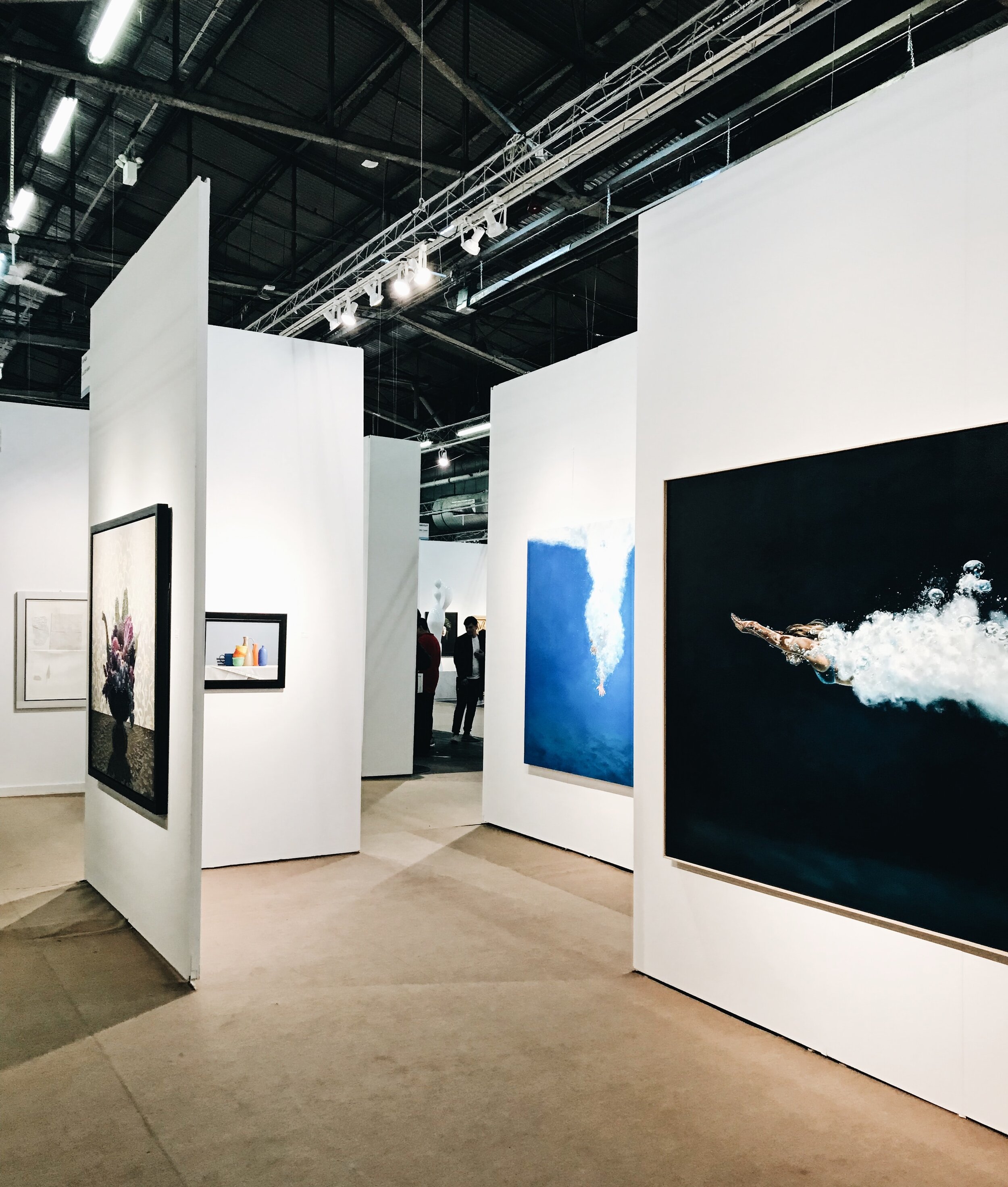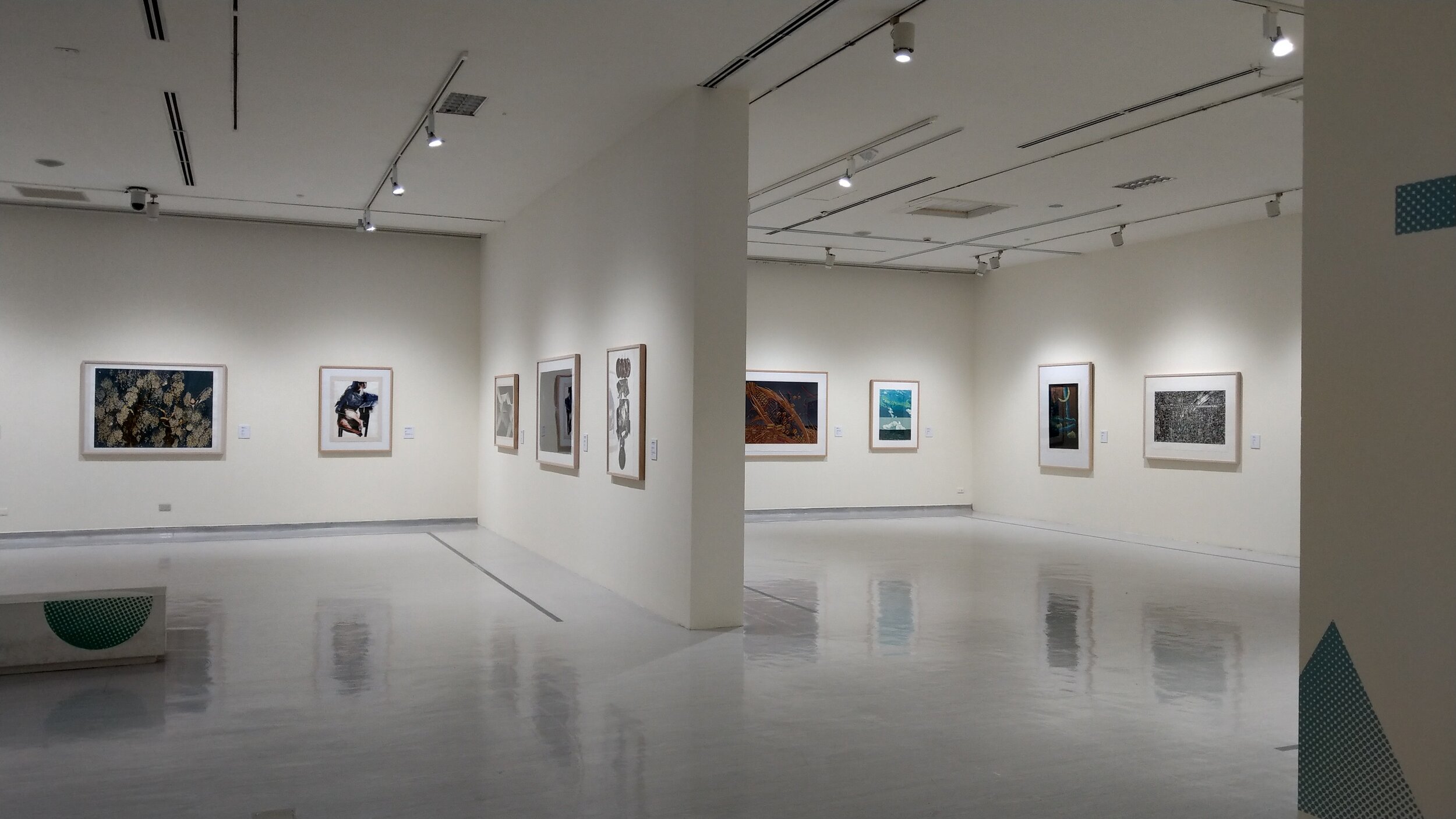*Updated June 2022
It is essential for emerging artists to find ways to share their work beyond their own social media platforms and websites. Building your own audience is key, of course, but the support of a gallery, institution, magazine, podcast, blog, or other similar entity can take your career to the next level, boost your name recognition as well as overall online presence, and support your marketing efforts without having to pay for advertising.
So, where do you start? Assuming that you’re ready with a cohesive body of work, high-quality images of your pieces, a clearly written artist statement and biography, a professional resume, and a website or other online portfolio, the first step is always to envision what you want. The clearer goals you have from the beginning, the easier it will be to research and identify the best opportunities to apply to. You’ll focus your efforts directly on what you truly desire for your career and not waste any time or money on things that don’t serve your end goals. Once you’ve done this, I’d suggest setting a budget as some submissions may require a fee. It’s also nice to have a way of organizing your submissions in progress and deadlines like a spreadsheet or other editable document. As soon as you find a great new opportunity, you can then immediately add it to your ongoing list. Now, you’re ready to start searching:
7 Ways To Find Art Opportunities

1. Look closely at the websites of publications and galleries you admire!
It was impossible not to start with this one :)
Create! Magazine offers numerous opportunities for emerging artists throughout the year from calls for our international juried print and digital magazine to virtual group exhibitions and blog features. Click here to learn more.
Many of our peers in the indie art magazine space also host regular calls for artists so it’s simply a matter of following them on social media, joining their email newsletters, or visiting their websites periodically to see if a new opportunity has been posted. Specifically, be on the lookout for a submit/submissions page or a call for artists page. This also applies to galleries, although it is less common for them to have a submissions page. As that is the case, here’s another article you can refer to that is geared towards applying directly to galleries.
2. If there isn’t a dedicated page, find the contact information.
Perhaps smaller publications or podcasts won’t yet have an established page for submissions or larger ones might have gotten too many and decided to take down the information publicly. This doesn’t always mean that they don’t accept applications from artists at all. It’s now up to you to find a way to connect with a writer, editor, or host on your own. Do a bit of digging and see if you can locate a direct email contact and write an engaging, concise pitch about why you’re a fit!

3. Check out directories, art community pages, and call for art websites.
When both Kat and I were starting out in this industry, we’d often mine websites like NYFA , Inliquid, and Philaculture for open opportunities for emerging artists that we could apply to. These three specifically are best for artists who live on the east coast, but many other websites like them exist, e.g. Art Frankly, ArtJobs, Call For Entry, Submittable, etc.
Along the same lines, sometimes artist Facebook groups, directories, and local art centers will create curated lists of opportunities. They might be posted online via their website and social media channels or shared via a weekly/monthly newsletter.
4. Ask your peers!
If you aren’t yet aware of the best ways to find spaces to exhibit or have your work published in your area, don’t be afraid to reach out to the other artists you know near you. Be open to sharing tips when they come your way and others will do the same for you. This strategy can also be useful in that you’ll likely hear which opportunities were worth it and which ones you should avoid!


5. Pay attention to other artists’ resumes.
Think about other artists who are maybe one or a few steps ahead of you in their careers. Visit their websites and look at their resumes. Where have they exhibited, who have they been interviewed by? Consider if any of these would be a good fit for your work as well. Again, if you know the artist or feel comfortable reaching out, you can find out what their experiences were with certain galleries or publications and if there were some partnerships they found more beneficial than others. Even if you’re not acquainted, this could be a chance to invite them out to coffee to ‘pick their brain’ and get advice. Just be courteous of others’ time when asking for informational interviews like this.
6. Search hashtags on social media.
Most of us spend a fair amount of time on social media, so here’s a way to put that time to good use for your career! Arts organizations sometimes use hashtags to help artists outside of their audience of followers find their calls for art. Popular ones are #callforart, #callforartist, or #callforartists(year) so #callforartists2021. There are even certain accounts dedicated to solely posting a variety of art opportunities - give them a follow!
7. And finally, get creative and make your own opportunities.
During my final years in art school and in the early years after graduating, some of the best steps I took to advance my career were not via established programs or jobs. I made my own internships, coordinated freelance gigs for myself, and organized non-traditional ways to exhibit my art and find outlets for my writing. Although I no longer need to do as much of this today, these skills still serve me and I strongly urge artists to always be thinking of innovative ideas to promote yourself, your talents, and your work.
I wish you the very best of luck as you embark on your opportunity research! Remember that in addition to the comprehensive guidebook that we wrote especially for emerging artists, we’ve also put together a short guide for completing submissions successfully.















